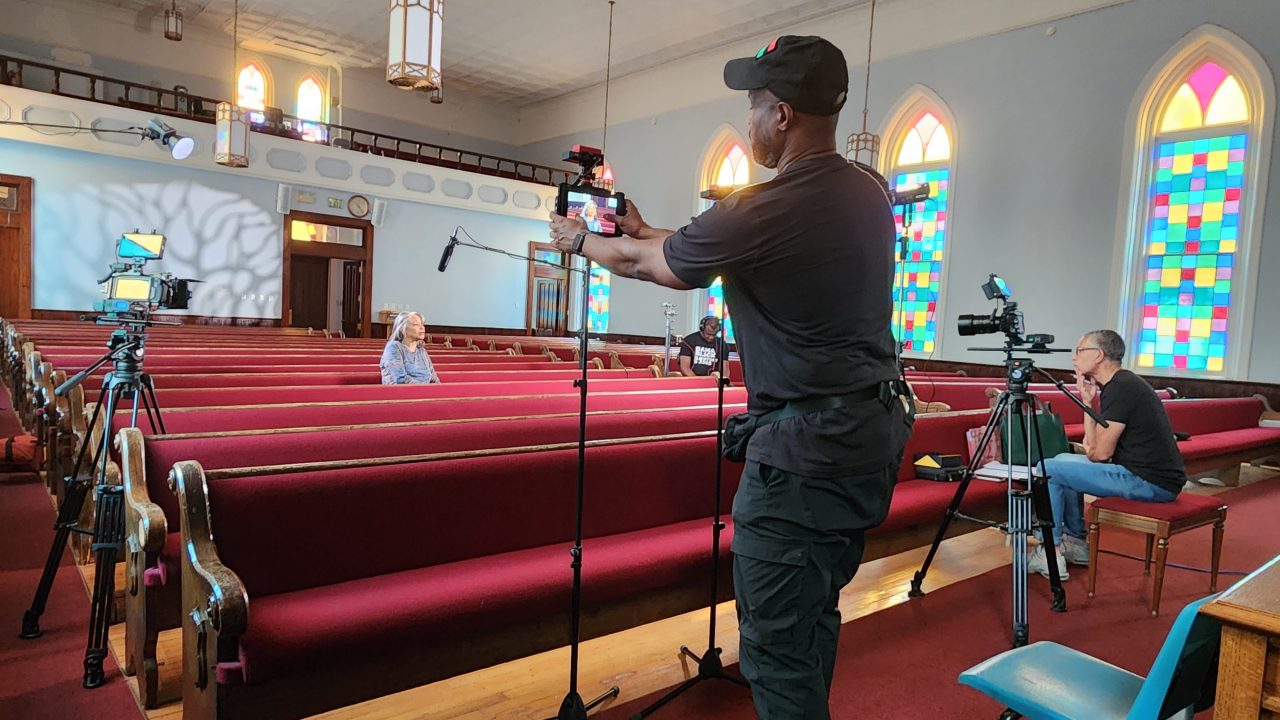
The current edition of TrendsWatch includes a “Short Take” on how our country and our sector are beginning to grapple with how to compensate descendant communities for historic harms. Reparative practice may take the form of actions that acknowledge and address this damage, as well as actions or policies that redress systemic economic, educational, or social disadvantages. In today’s post, Jessica O’Connor, Public History Director of the Alabama African American Civil Rights Heritage Sites Consortium, talks about preserving oral histories as a form of reparative practice.
–Elizabeth Merritt, VP Strategic Foresight and Founding Director, Center for the Future of Museums.
The Alabama African American Civil Rights Heritage Sites Consortium—a network of twenty world-changing sites in Birmingham, Montgomery, Selma, and the Black Belt—was founded in 2017 with the goal of protecting and preserving the Black historic sites most at risk of being lost to time. This approach became vital when we began our first digital humanities project, “The Evidence of Things Not Seen.” The goal is to create a robust digital archive of the historic objects, heirlooms, and oral histories of the people who propelled the Civil Rights Movement forward, known to us as “foot soldiers” of the movement.
In many instances, the chronicles of the Civil Rights Movement are centered in whiteness, with the spotlight on those like Bull Connor, White Citizens Councils, and the co-conspirators of white violence. This has forced Black voices to the margins of their own story. By giving these foot soldiers the safe space and time to tell their own stories, in their own words, in their own ways, a project that started as a digital humanities campaign became an epicenter to heal and to recenter their lives into the history they made. Thus, we have been able to turn a generational tradition of storytelling into a radical, restorative act of justice. So far, our interviewees—movement foot soldiers turned preservationists—have taught us five critical lessons that the field can use in their own oral history work to do the same.
Lesson One: Ask the Community
The first step we took to determine who to interview was going right to the source: our sites. We sent a survey with two important questions: Whose story still needs to be told and would they be willing to share it with us? This survey resulted in a list of forty-six foot soldiers across all three regions with stories to share.
Once we had the interviewee list, we needed the right team, which we found through a trio of community experts: consortium staff member Vincent Hall, our Regional Coordinator in Montgomery, Kalonji Gilchrist of KHARI Creative, and Anthony Gamble of A.G. Film Works.
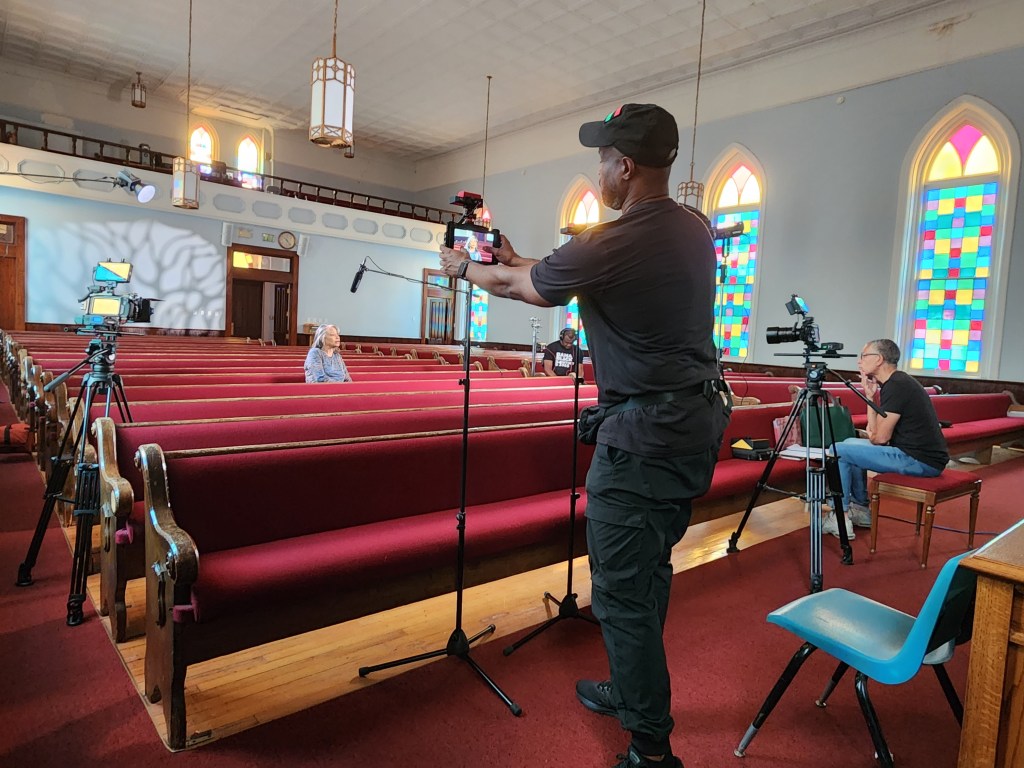
Why these folks? They have years of experience doing what they do, but more importantly they represent the community we want to reach. All three are Alabama natives, African American, and have ties to our sites or their networks. By finding local experts, we laid the foundation for our first two interviewees: Mr. Fred Dickerson and Mr. Sandi Morris, Jr. These two long-time congregants of Mt. Zion AME Zion Church in Montgomery were the first of our list to see themselves in the team capturing the story, thus establishing trust before we even began. When we wrapped that afternoon, Mr. Dickerson told us that so many want to share their experience, “but no one’s ever asked us what we went through.” In that simple but powerful statement, he gave us our first lesson.
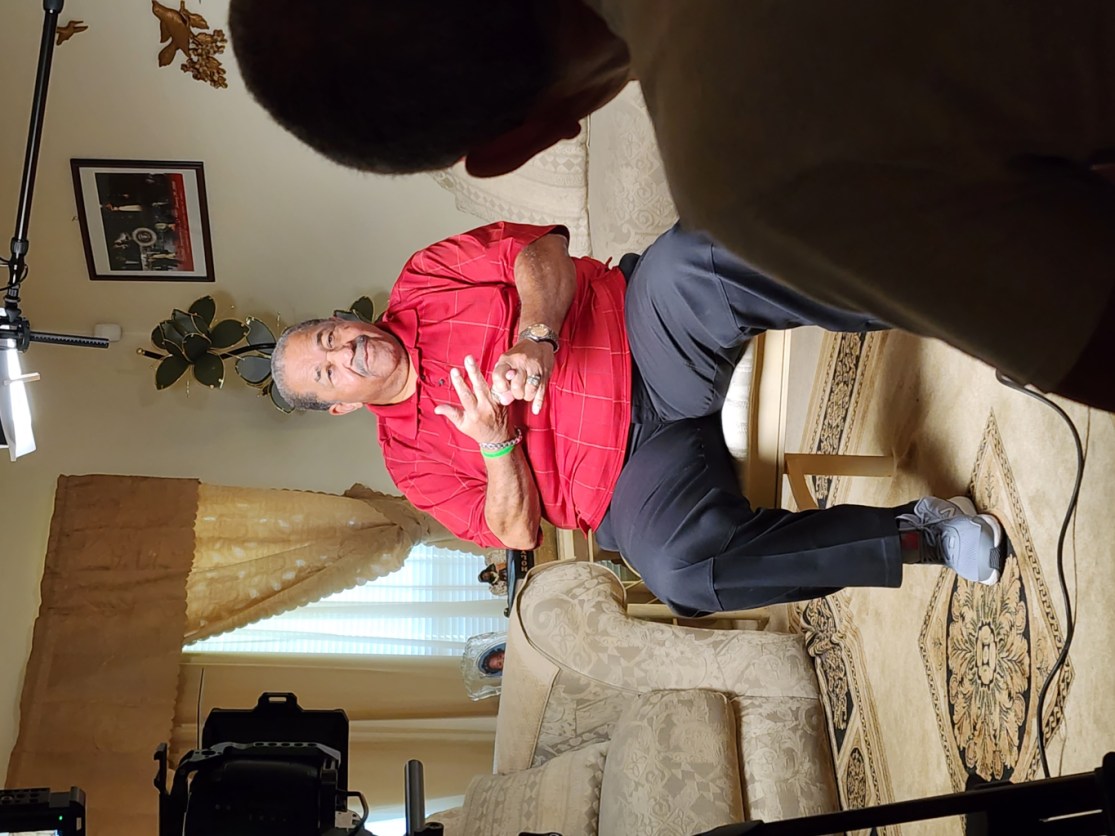
Lesson Two: Acknowledge the Challenges
All of our sites have direct ties to the Civil Rights Movement, and all that comes with social justice work through the twentieth century, which can make for very heavy topics. With this project, we’ve asked our participants to recount their experiences of both tragedy and triumph. To ensure we established a safe space, we scheduled the interviews in blocks of a few hours to give us plenty of time to get our storytellers comfortable with the full process. This included going through survey questions, release forms, and their rights during the interview.
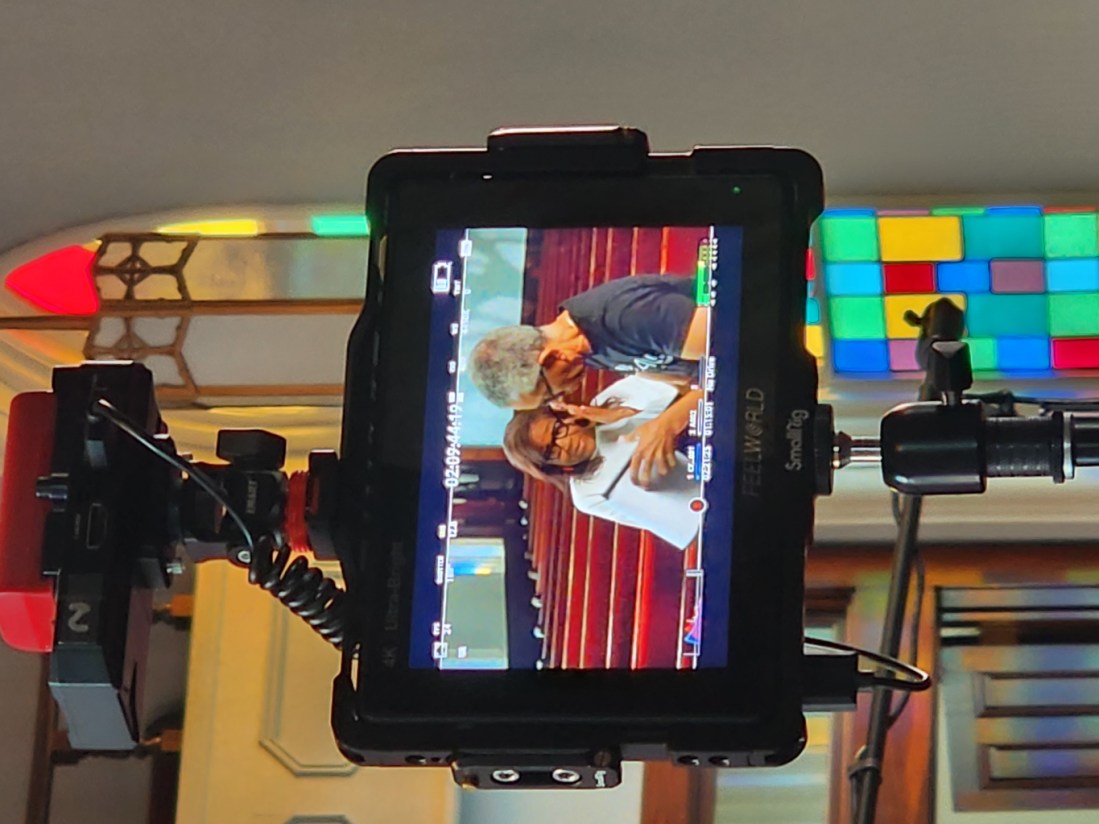
Before her interview, Mrs. Avis Dunbar Smith, a member of Dexter Avenue King Memorial Baptist Church, pulled me aside to ask if she could talk about the tar-and-feathering and lynching of one of her mother’s students. I assured her she had the space to talk about whatever she liked and that we were there only to listen. But creating a safe space means safe for all, so before we started I made sure each of my team members was prepared to hear what she had to say. As a result, she felt comfortable telling us she might need breaks because the subject was very triggering. By acknowledging the challenges of sharing and receiving this history, our team was able to give Mrs. Smith the grace and space needed to get the experience out into the open after carrying it for decades. She also taught us our second lesson, even if she did not mean to.
Lesson Three: Advocate for Your Interviewees
As Mr. Dickerson pointed out, sometimes the foot soldiers want to share their stories but haven’t been asked to. Others have been asked often but haven’t felt comfortable enough to share. Even more feel their stories aren’t important enough to tell, because they weren’t in the spotlight during the movement. In all cases, it’s our job to advocate for them wherever possible.
In May, we spent the day at Brown Chapel A.M.E. Church interviewing three women who were witness to mass meetings and the Selma to Montgomery March. Each had a unique but deep connection to Selma and its organizing, and it made for a full day of learning and connection. But, as Mrs. Phyllis Alston prepared to leave our set, she said: “I don’t feel like my story matters as much as my friends’ do. I only went to jail once.”
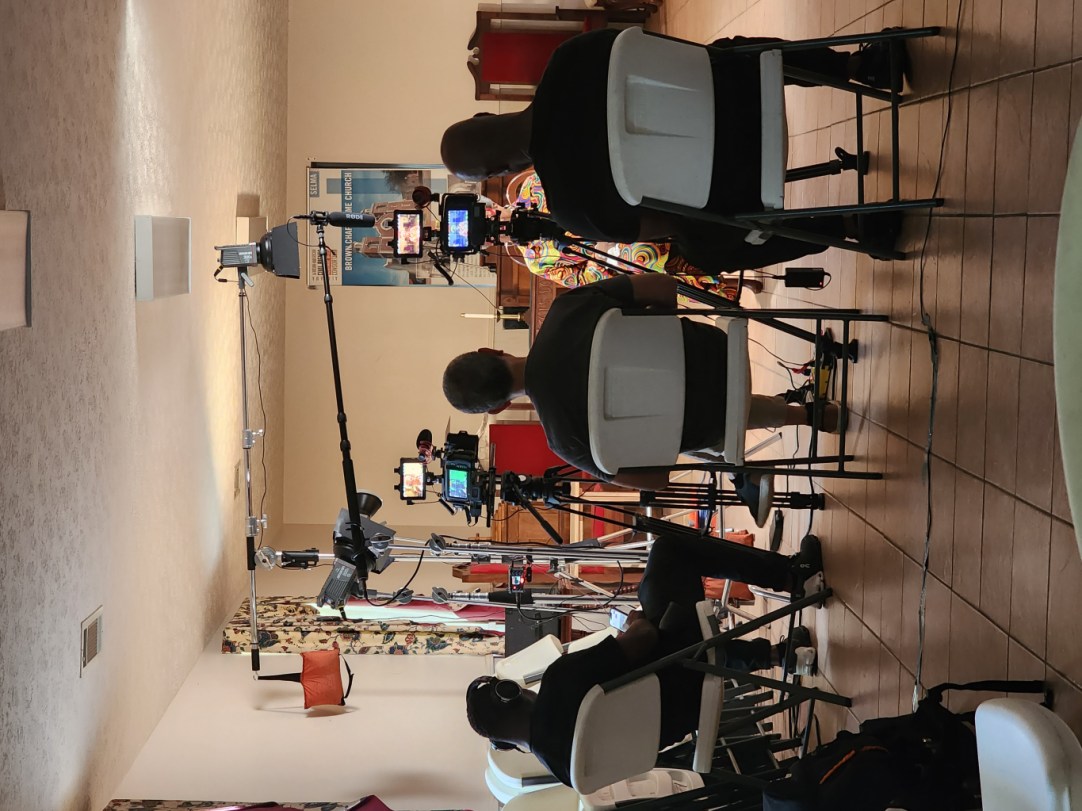
A silence fell over the room briefly before we all denied that claim. Mrs. Alston had been arrested for standing up for equal rights. The number of arrests didn’t matter. But years of active attempts to silence stories like hers have left many feeling like they need a justification for the experience to matter. She taught us our third lesson, to advocate for the storyteller, even if it means having to change their minds along the way.
Lesson Four: Amplify Their Experiences
Across the public history field, important steps have been taken to create more inclusive, equitable museums, but the work to do so can feel daunting when we face pushback from funders, supervisors, or small sections of the community. However, our institutions exist to represent our communities and everyone in them. Oral histories act as just one way to give a voice to those that don’t see themselves in our spaces. They foster conversation, learning, and connection between people. Amplifying the person-first approaches to history in this way can be a strong tool to combat pushback by inviting people in. As Mrs. Linda Dickerson Holmes taught us at Brown Chapel, “Do the best you can with what you’ve been blessed with. Don’t let fear stop you.”
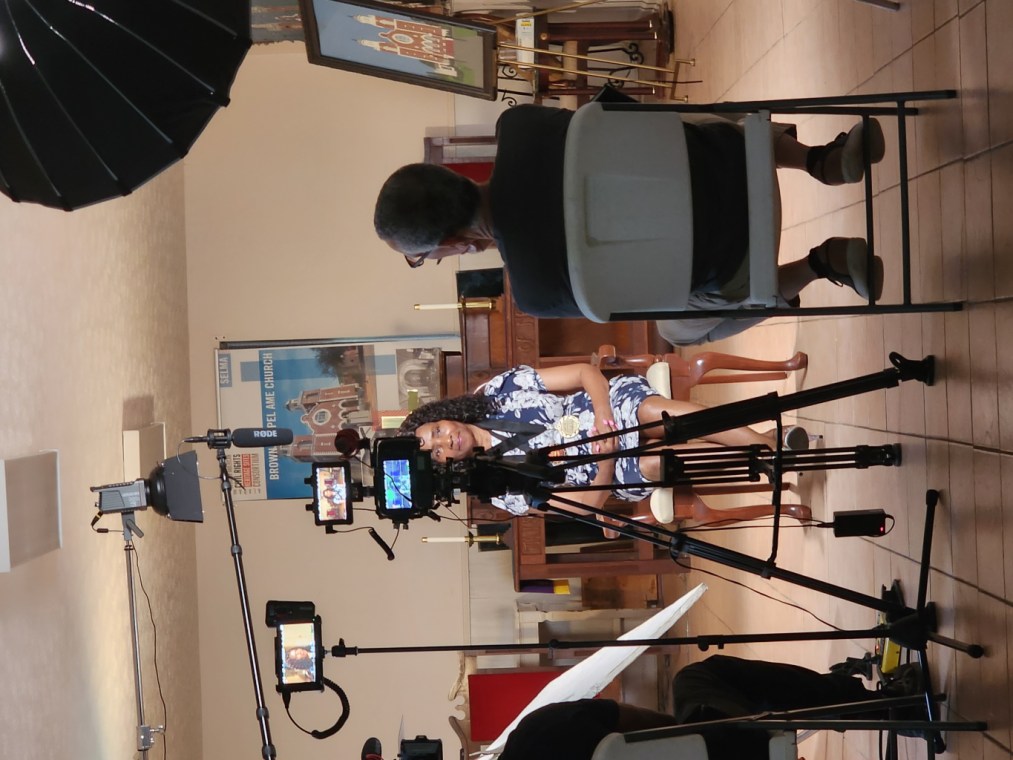
Lesson Five: Activate Your Community
I believe that the absence of harm is not the same as the promotion of value, and no one can tell your community’s story the way your community can. We can use oral histories as a teaching tool for the folks that want to learn, or in some cases, unlearn. Use them to build trust with your community and give them an active stake in institutional work. Use them as a tool for restorative justice and healing, as we’ve been able to do with “The Evidence of Things Not Seen.”
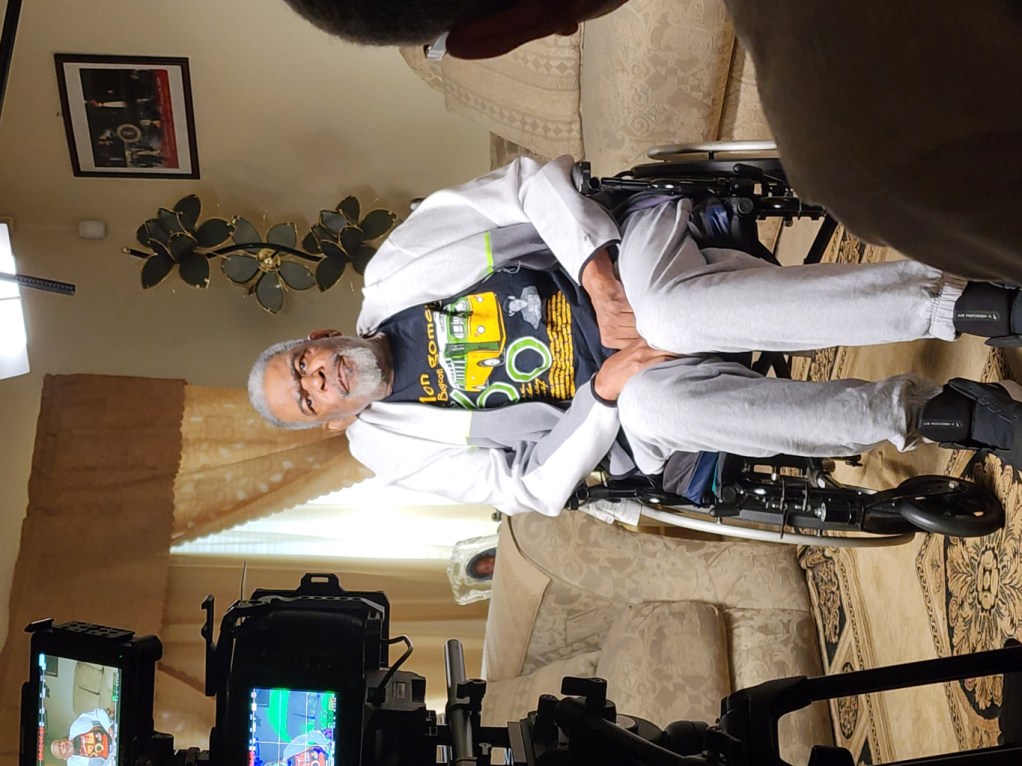
Within the rooms of each of these stories, and many more since the writing of this article, were three generations of people. Each of us has a different hometown, background, and experience, but we all found common ground through storytelling. By the end of each interview, our participants were calmer, more informal in conversation, and much more curious about the process and the project. Restorative justice can be many things, but for our sites and our communities, being given the opportunity to speak truth to power, just as they did not so long ago on the frontlines of the battleground for civil rights, has become a positive step in direction our field seeks to move.
You can view Mr. Morris and Mr. Dickerson’s interview here.
Skip over related stories to continue reading article



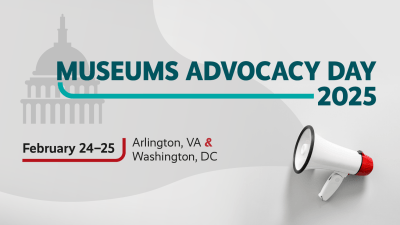
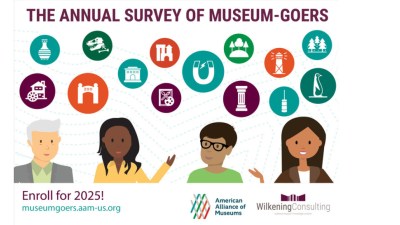
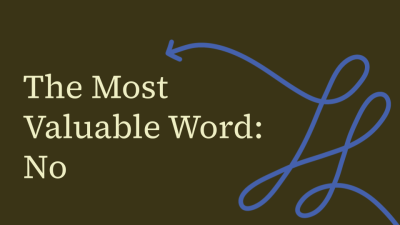

Comments